Policy Development
| Site: | MSL Learn |
| Course: | Lawful and Fair: Policy Development for Public Libraries |
| Book: | Policy Development |
| Printed by: | Guest user |
| Date: | Wednesday, 15 October 2025, 4:32 PM |
Who is Involved?
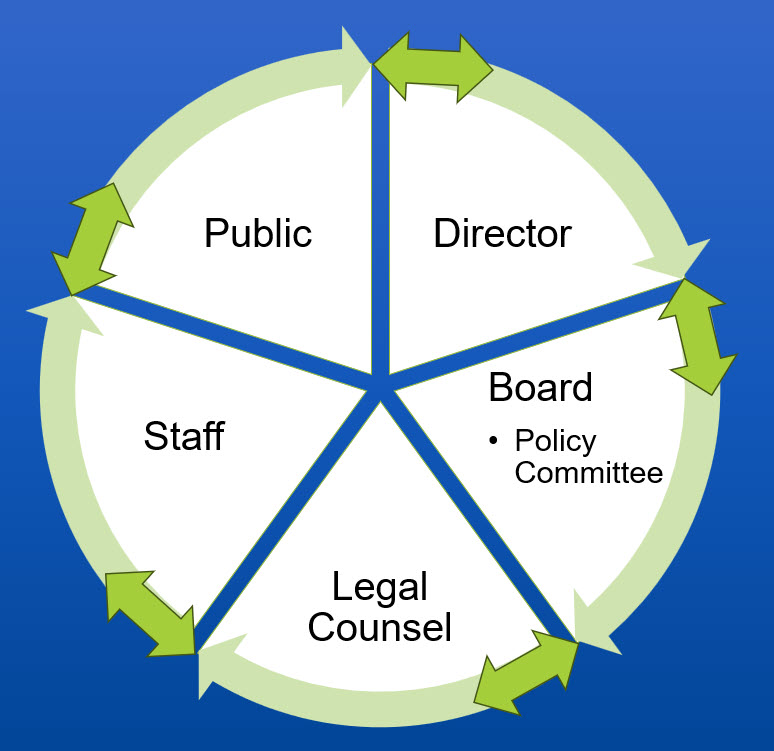
Who is involved? Who should be consulted? Who needs to know?
Policies are developed with input across all library stakeholder groups. While the board has the responsibility to adopt policies, input from the library director, legal counsel, staff, and the public are important for new policies and policies under review.
New Policies
- The first draft of a new policy is prepared by the board's policy committee or by the director with input from the board .
- Review by the library's legal counsel is encouraged, particularly to ensure the policy is consistent with applicable laws.
- Any new policies must be discussed and approved at a publicly noticed meeting. Be sure to include the drafts in your meeting materials for the public and staff to review before the board votes.
Previously Adopted Policies
- Policies are reviewed by the board's policy committee with input and information provided by the director.
- Any policy changes must be discussed and approved at a publicly noticed meeting. Be sure to include the drafts in your meeting materials for the public and staff to review before the board votes.
We'll look more at policy review later in this course.
Policy Adoption
Watch this video clip to learn more about the policy adoption process.
This short clip is excerpted from a longer webinar. Take the Legal Topics: Drafting, Enforcing, and Managing Operational Policies for more information.
Major Policy Categories
Areas covered by policies should include these topics:
Library Operations
- fines/fees
- hours of operation
- how people can use the library and its resources
- library patron confidentiality
- public access to resources
Collection Development
- why the library selects, accepts, or withdraws the materials it does for its collection
Code of Conduct
- ensuring a safe and welcoming environment in the library for everyone
Personnel
- in compliance with all applicable employment laws, these policies should cover everything that is entailed in a person’s employment and performance evaluation at the library.
Legal Requirements and Standards
- open meetings law
- patron privacy
- public library standards
- public participation and public comment
- public records requests
Does your policy manual or list include all or some of these topics?
What other policies might your library need to develop?
Policy Fundamentals
For policies related to operations and code of conduct, consider these important ideas.
-
A sound library patron conduct and safety policy can help ensure the library remains a safe and viable place for patrons of all ages, backgrounds, and usage types.
-
A sound policy adopted in a manner consistent with law will support the decisions of the library staff when managing the day-to-day operations of the library.
-
A sound policy will seek to both balance and protect the rights of each patron to access in a responsible manner in a secure facility.
-
Legal compliance will be refined to reflect the specific layout of the library facility and grounds while reflecting the mission and goals of the library.
-
A comprehensive policy will authorize staff to act in an efficient and reasonable manner to intervene when conduct is interfering with other patrons’ rights to access information or the obligations of staff to preserve a safe library setting.
-
When consistently enforced, the policy will legitimize the actions of staff consistent with board intent.
Policy Components
A sound policy will state the mission of the library and justify enforcement of conduct expectations consistent with that mission.
-
This mission will typically promote three guiding principles: patron right to access information, staff obligation to operate the library, and board obligation to establish a safe library setting.
-
-
Example: The Mosaic Public Library serves each member of the community in a welcoming and secure setting as they pursue personal lifelong learning goals.
-
-
The next component of a policy will be a reference to the staff’s role in delivering services, maintaining a secure setting, and enforcing policy.
-
Ideally, this reference will be to another policy or publicly available document.
Another component is a list of prohibited conduct that is rationally related to the operations of the library using disorderly conduct statute as a guide.
The list can never capture all possible misconduct so a key aspect to this list is a general statement that includes a prohibition on conduct which interferes with staff ability to operate the library.
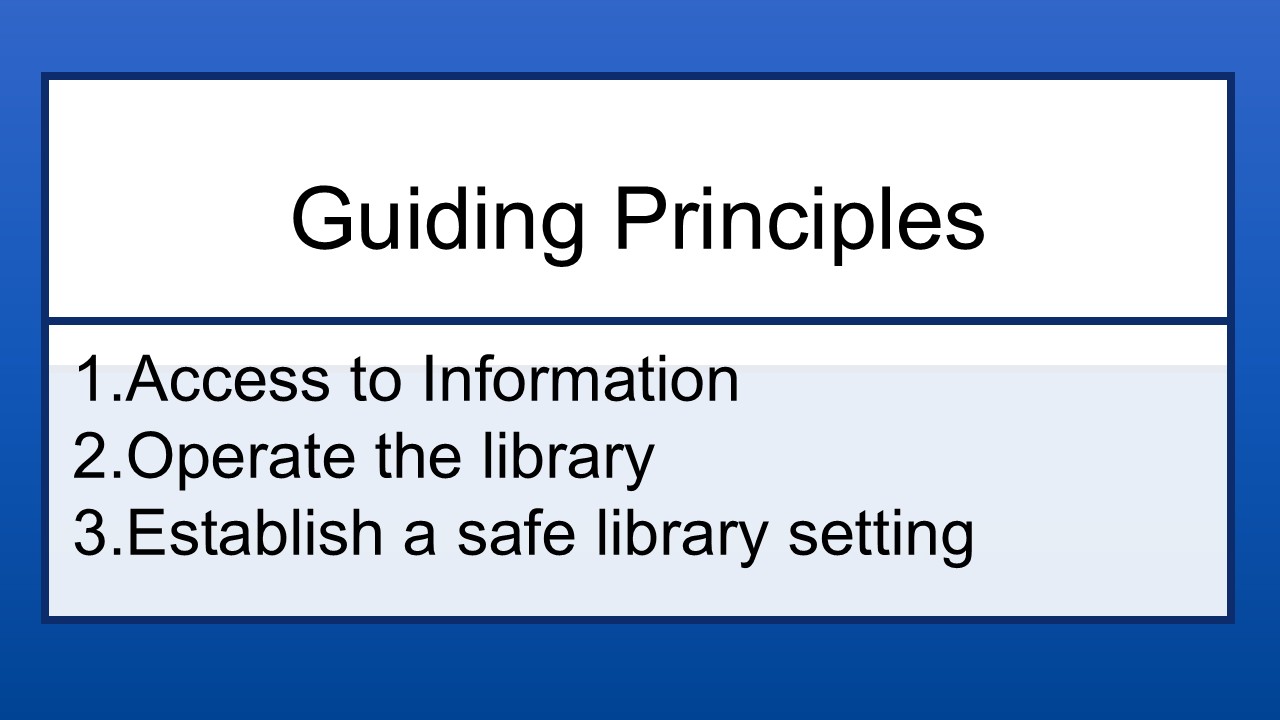
Drafting Library Policies
Policies are public documents communicating to all stakeholders, taxpayers, policymakers, patrons, employees, and concerned observers.
Establish a consistent format for policies with a number, subject, headings, objective, adopted on date, revised on date, and organized by topic.
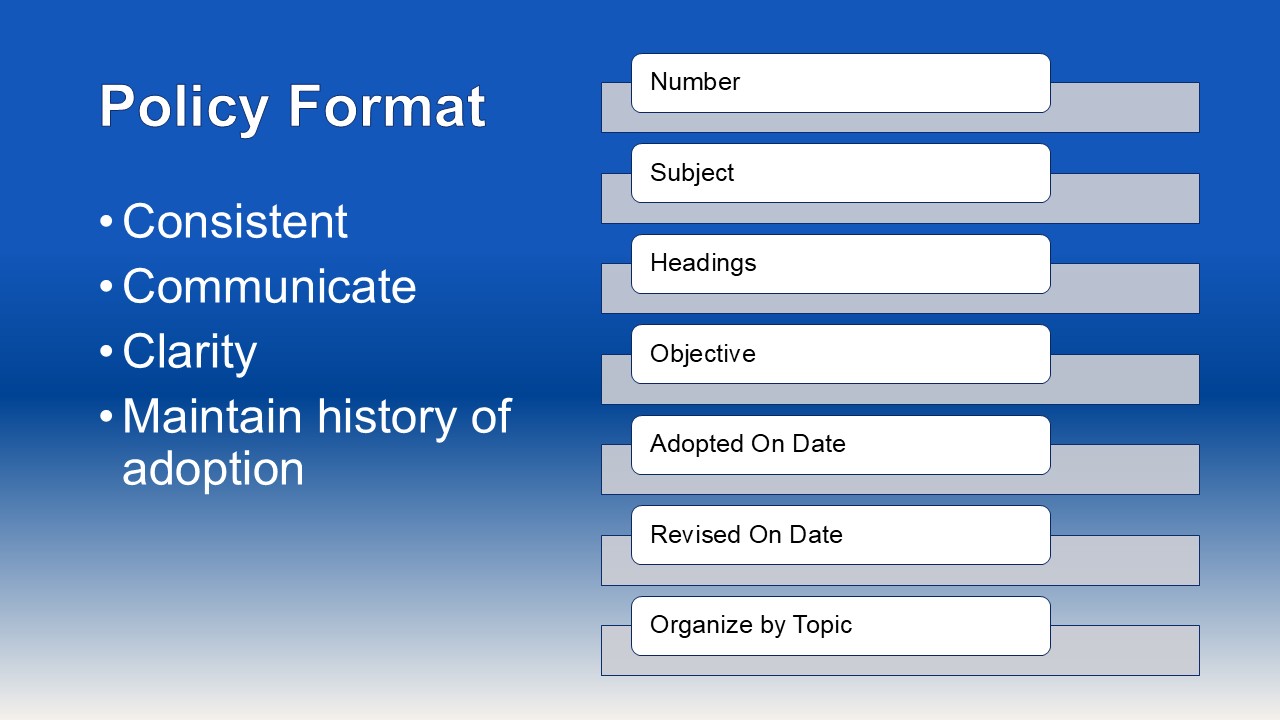
The objective of the policy should be stated in an easily understood sentence which relates back to the mission of the library.
Review and utilize language from applicable legal sources when possible.
Language is Important
Use easily understood language in short, clear sentences.
- Don’t try to address every possible issue or concern or create more work through overly ambitious and aspirational provisions.
- Carefully draft language which sufficiently addresses the topic without being too general.
- Continue to break the issue down into smaller subtopics/subsections to make it manageable.
- Authorize the director to interpret and apply the policy in a manner consistent with board’s intent and mission of library.
- Refer drafts to the full board for review and consideration.
Definitions
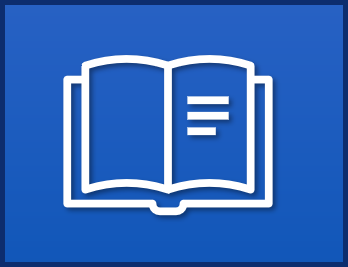 Some policies may require the use of specific legal, technical, or professional terms. Definitions for these terms may be listed in a special section of the policy to help everyone understand what the term means and how it is used. Include legal references when applicable.
Some policies may require the use of specific legal, technical, or professional terms. Definitions for these terms may be listed in a special section of the policy to help everyone understand what the term means and how it is used. Include legal references when applicable.
Process and Notice
A typical timeline for review and adoption spans at lease three regular board meetings.
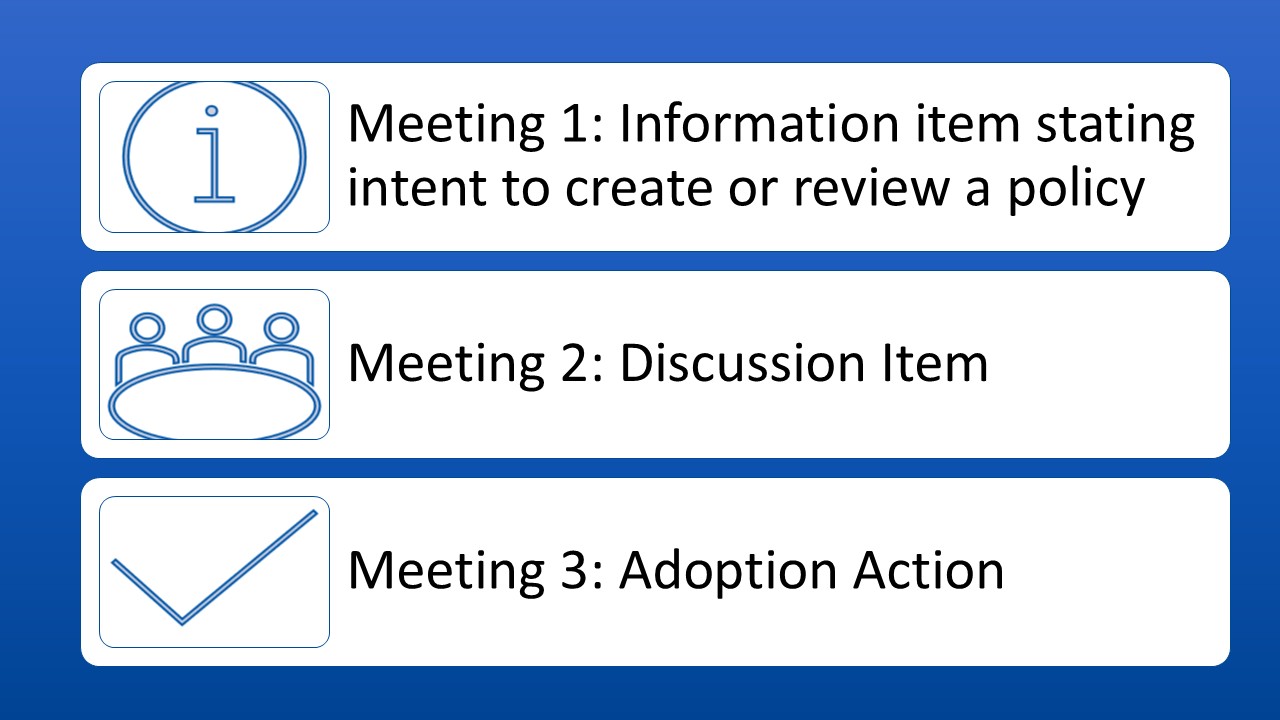
Sometimes it is necessary to move through the process more quickly, but your Policy on Policies should spell out the circumstances that require emergency adoptions.
Sometimes a policy may be controversial or spark a lot of public interest. In order to honor that interest it may take more than three meetings to present a policy that meets the qualities necessary for a good policy.
Notice to the public is essential to follow the requirements set in Montana's open meetings laws and maintaining public trust in your board.
Next, you will Test Your Understanding.